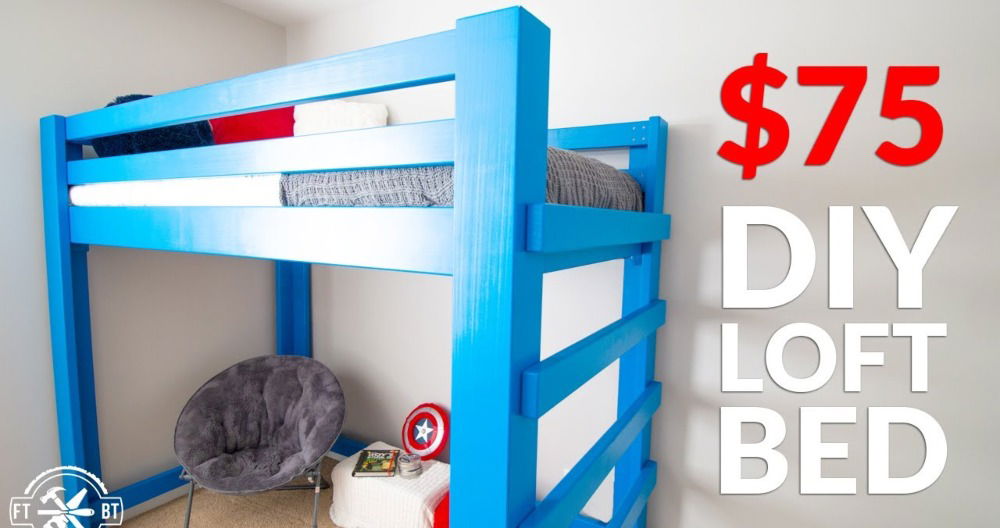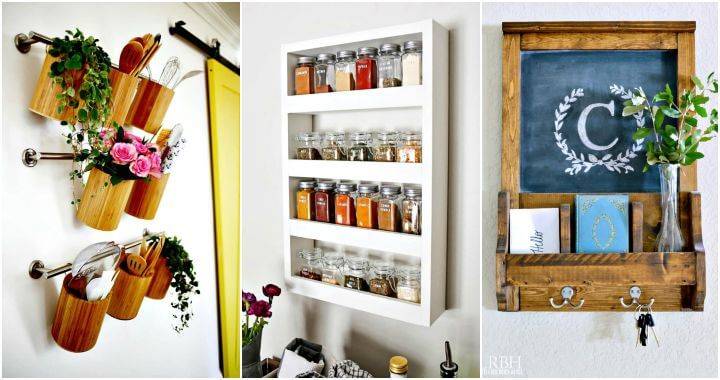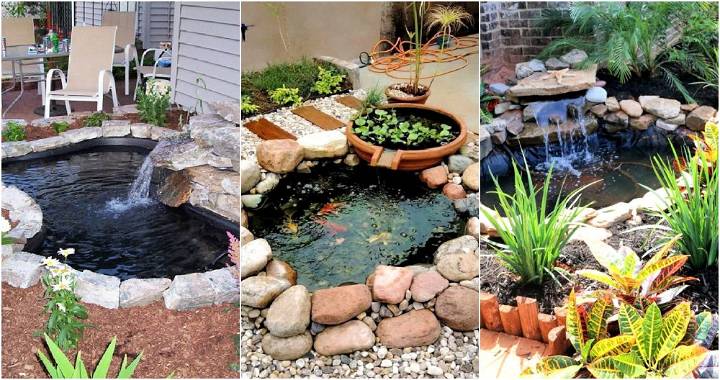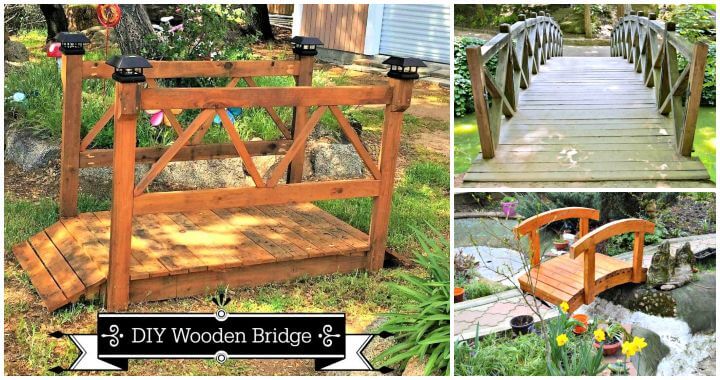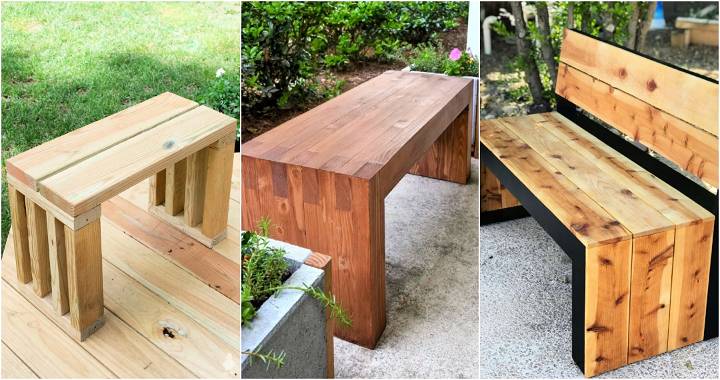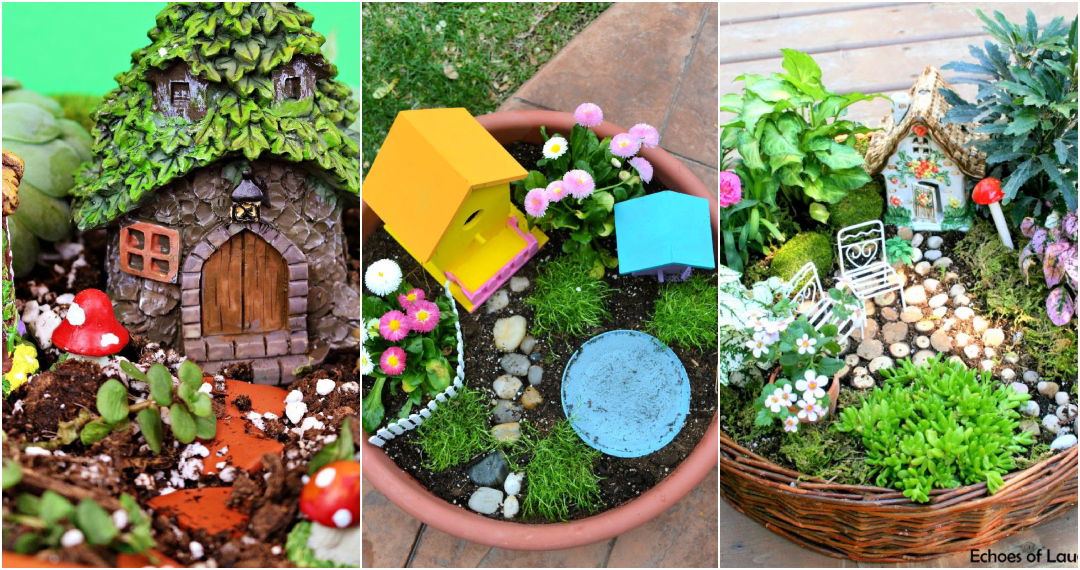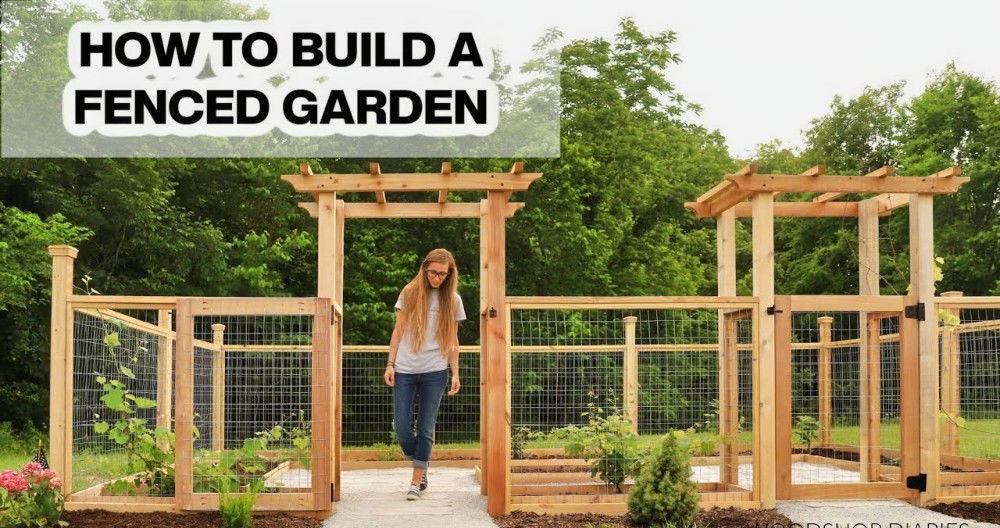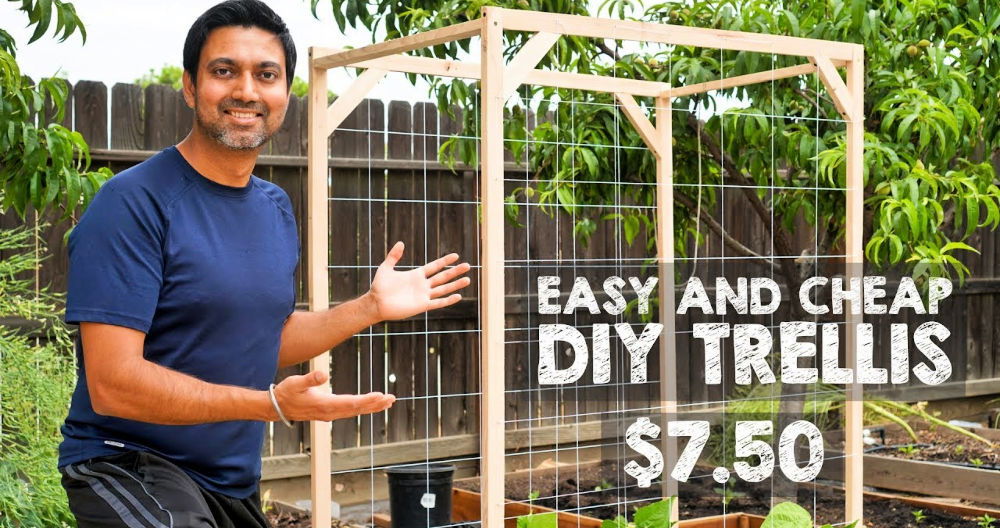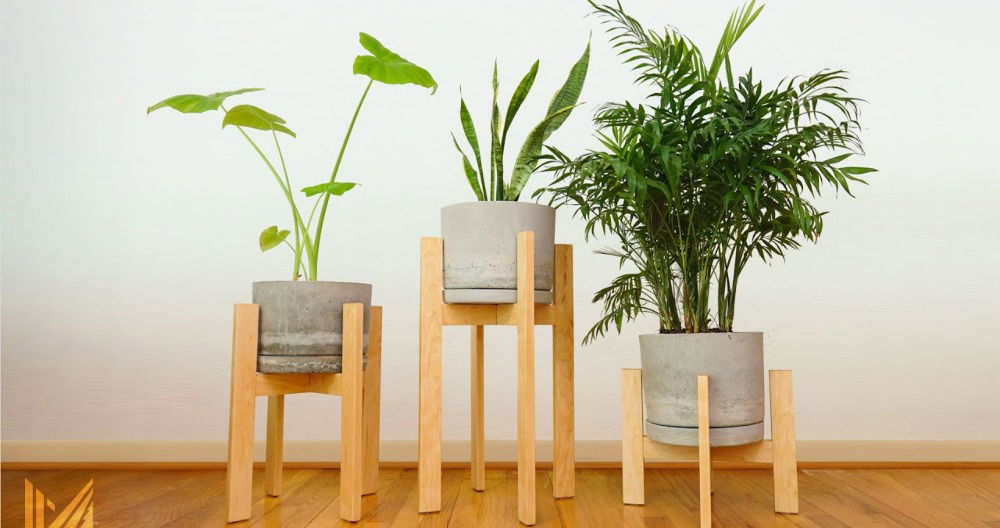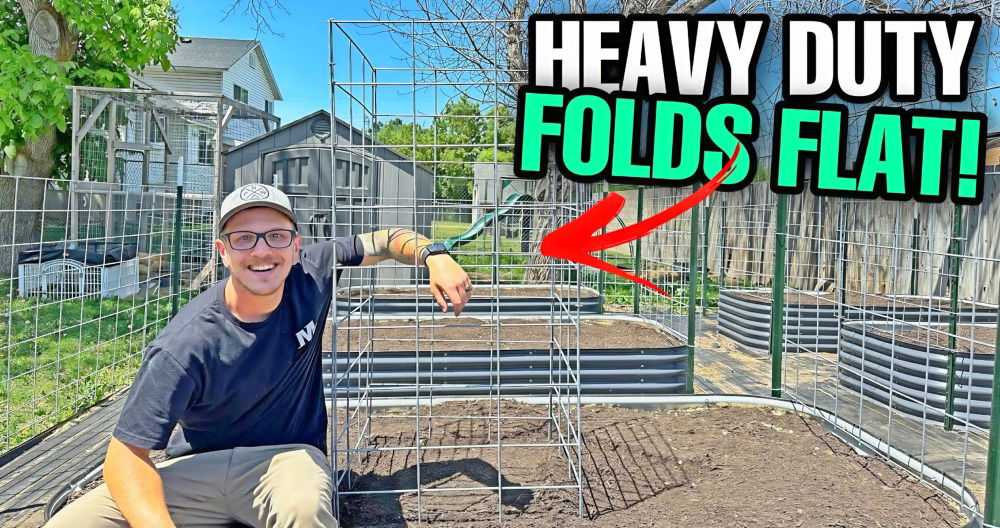Building a DIY vertical garden is a great way to maximize your space, especially in small areas or apartments. Vertical gardens not only save space but also enhance the aesthetic appeal of your home. By growing plants vertically, you can add greenery to walls, balconies, or even small patios. This method is perfect for those with limited outdoor space looking to cultivate a variety of plants.
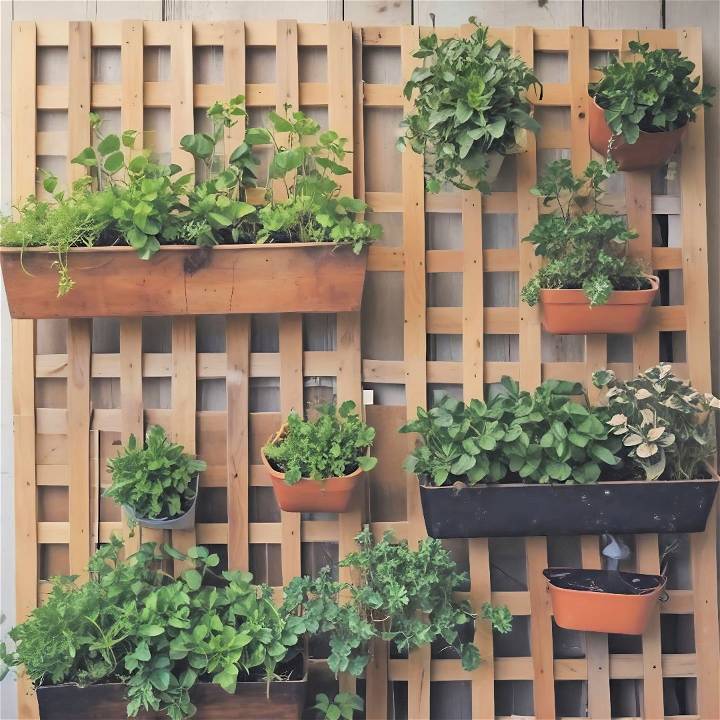
In this guide, we will explore how to build a vertical garden that fits your space and style. You’ll find practical tips and step-by-step instructions to get started. From choosing the right plants to building the structure, everything you need to know is covered. Continue reading to learn more, and start your vertical gardening project today.
Choosing Your Frame and Materials
Choosing your frame and materials: get expert tips on frames, pots, and plants for your garden. Learn how to select the best options for your space.
The Frame:
The foundation of any good vertical garden is its frame. I opted for timber lattice due to its sturdiness and aesthetically pleasing look. The timber lattice is affordable and easily customizable, making it a perfect choice for DIY enthusiasts. It's essential to ensure whatever frame you pick can support the weight of your plants, especially when they're watered.
Pots and Containers:
For pots, diversity was key. I used a mix of basic plastic pots and wire baskets lined with coconut fiber. Lightweight options are preferable since they put less strain on your frame. The idea is to keep the focus on plants, not the containers, so ensure they are small yet practical.
Selecting Your Plants
When it comes to picking plants, it's crucial to consider the garden's location. Will it bask in the sun, or is it a shaded oasis? I buildd an edible garden, selecting sun-loving varieties such as spring onions for the strappy texture, creeping rosemary for trailing beauty, parsley for a bushy look, and violas for a dash of color. These plants not only thrive in sunny conditions but also offer fresh herbs for cooking.
Step by Step Instructions
Make a stunning DIY vertical garden with our step-by-step instructions! Secure the frame, arrange plants, pot them, assemble, and maintain easily.
Step 1: Securing the Frame
I began by binding two pieces of timber lattice together using garden wire, ensuring it was sturdy enough to hang on the wall. Safety comes first, so double-check that all attachments are secure.
Step 2: Lay Out Your Plant Arrangement
Arranging your pots before hanging allows you to visualize the garden and make adjustments easily. I played with different layouts, aiming for a mix that provided visual appeal and plant health (ensuring they all got enough light and air).
Step 3: Potting Your Plants
Using a premium potting mix suitable for your chosen plants is vital. For my edible garden, I used a mix rich in organic matter and well-draining, ideal for herbs and vegetables. While potting, I made sure to space the plants adequately, allowing them room to grow.
Step 4: Assembling Your Garden
After potting, it was time to hang everything up. Patience is key here. Stagger the pots to avoid overcrowding and ensure every plant has its spotlight. Use hooks or ties that are strong but won’t damage the wall.
Step 5: Regular Maintenance
Vertical gardens require maintenance like any other garden. Regular watering is crucial, especially for smaller pots exposed to the sun. Pruning helps manage growth and maintain the garden's aesthetic appeal.
Design Ideas for Your DIY Vertical Garden
Building a vertical garden is not just about saving space; it’s about adding beauty and life to your home. Here are some design ideas that are both trendy and timeless, ensuring your vertical garden is a captivating feature of your living space.
- Living Walls: Transform a bare wall into a living tapestry. Use a variety of plants with different textures and colors to build a visual feast. Incorporate resilient plants that require minimal care, making your living wall both stunning and sustainable.
- Edible and Ornamental: Why choose between a garden that’s beautiful and one that’s practical when you can have both? Mix edible plants like herbs and leafy greens with ornamental ones to build a garden that feeds both your body and soul.
- Pollinator-Friendly Plants: Attract bees, butterflies, and birds with plants that provide nectar and pollen. Not only will you be supporting local wildlife, but you’ll also enjoy the buzz of activity that these creatures bring to your garden.
- Vertical Hydroponics: Embrace technology and save water with a vertical hydroponic system. This soil-less gardening method is perfect for growing herbs and greens in a clean and controlled environment.
- Trellises and Climbers: Use trellises to support climbing plants like ivy, jasmine, or even some vegetables like peas and beans. This approach adds a touch of elegance and can build a natural privacy screen.
- Gravel Gardens: Incorporate gravel and succulents for a low-maintenance, drought-resistant garden. This design is perfect for busy gardeners or those living in arid climates.
- Rain Gardens: Make the most of every drop by directing rainwater from downspouts to your vertical garden. This not only conserves water but also adds a dynamic element to your garden as plants respond to the natural watering cycle.
- Naturalistic Planting: Go for a more relaxed, wild look by allowing plants to grow more freely. This style mimics nature and builds a serene, inviting space that feels like a green sanctuary.
Select climate-suitable plants and arrange them functionally and aesthetically for a successful vertical garden. These tips help build a unique garden.
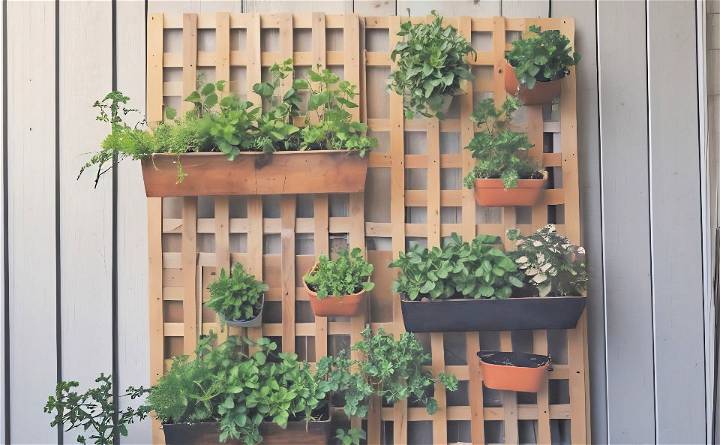
Troubleshooting Common Problems in Vertical Gardens
When it comes to vertical gardening, encountering challenges is a natural part of the growing process. Here’s a straightforward guide to overcoming some typical hurdles, ensuring your vertical garden remains a lush and vibrant part of your home.
- Lighting: Plants love light. If they’re not getting enough, they won’t flourish. Position your garden to soak up the sun, or if you’re indoors, consider a grow light setup.
- Watering: Too much water can harm plants and too little leaves them parched. Feel the soil; if it’s dry an inch down, it’s time to water. Drip irrigation can help maintain the perfect balance.
- Soil Quality: Plants need good soil to grow strong. If they seem under the weather, enrich the soil with compost or a quality potting mix. Healthy soil equals happy plants.
- Pests and Diseases: Bugs and blights can sneak up on your garden. Keep an eye out for any signs of these intruders and tackle them with eco-friendly solutions.
- Structural Integrity: Your vertical garden needs a solid foundation. Make sure your structure can hold the weight of the soil and plants, and reinforce it if necessary.
- Plant Choices: Some plants thrive vertically, others don’t. Pick the right plants for your garden’s conditions, and they’ll reward you with robust growth.
By addressing these common issues with practical solutions, you can ensure your vertical garden remains a thriving and enjoyable space.
Maintenance Tips for Your Vertical Garden
Keeping your vertical garden in tip-top shape is key to ensuring its beauty and productivity. Here are some straightforward tips to help you maintain your garden with ease:
- Water Wisely: Watering your plants correctly is crucial. Water should be aimed at the base of the plants to prevent fungal diseases and discourage weed growth. It’s better to water deeply and less frequently to encourage strong root development.
- Soil and Nutrition: Use a high-quality potting mix and supplement with compost or fertilizer as needed. This will provide your plants with the necessary nutrients to grow and thrive.
- Pruning and Trimming: Regularly prune and trim your plants to encourage healthy growth and to maintain the desired shape of your garden. This also helps to increase airflow, which is vital for plant health.
- Pest and Disease Control: Keep an eye out for pests and diseases. Inspect your plants regularly and treat any issues promptly with eco-friendly solutions.
- Adequate Drainage: Ensure that all planters and pots have proper drainage to prevent waterlogging, which can harm plant roots.
- Support Structures: Check the support structures of your vertical garden regularly. Repair any damage to trellises or frames to ensure they can continue to support the weight of your plants.
- Light Requirements: Make sure your garden gets enough sunlight. If your plants aren’t getting enough natural light, consider using grow lights as a supplement.
By following these simple maintenance tips, you can keep your vertical garden flourishing. Regular care will reward you with a stunning display of greenery that will be the envy of your neighborhood.
FAQs About DIY Vertical Garden
Discover answers to common questions about DIY vertical garden, including setup tips, maintenance, and best plants to use for your space.
A DIY vertical garden is a creative way to grow plants upwards rather than outwards, using various structures like trellises, wall planters, or stacked containers. It’s perfect for small spaces or to add a green touch to urban environments.
Absolutely! Vertical gardens are great for growing vegetables, especially those that climb or can be trained to grow upwards, like tomatoes, peas, and cucumbers. This method can save space and make harvesting easier.
Vertical gardens can beautify your space, improve air quality, and reduce noise pollution. They also allow for more efficient use of space, making them ideal for urban gardeners. Plus, they can reduce the risk of plant diseases and pests by keeping foliage off the ground.
When selecting plants for your vertical garden, consider the light, temperature, and humidity of the location. For outdoor gardens, choose plants that are native or well-adapted to your climate. For indoors, select houseplants that can thrive in lower light conditions. Herbs, succulents, and ferns are popular choices for vertical gardens due to their adaptability and low maintenance.
Regular maintenance is crucial for a thriving vertical garden. This includes watering, pruning, checking for pests, and replacing any plants that aren’t doing well. If you’re using a watering system, check it frequently to ensure it’s functioning properly. Additionally, rotate your plants occasionally to ensure they receive even light exposure.
Conclusion
In conclusion, a DIY vertical garden for small spaces & apartments is a fantastic way to bring nature into even the tiniest home. With careful planning and creativity, you can transform a dull wall into a vibrant green sanctuary. Whether it's herbs, flowers, or veggies, building a vertical garden will not only boost your living space but also add to your well-being. Follow these simple steps and tips to start your own DIY vertical garden today, and enjoy the beauty and benefits of gardening in a compact area.


